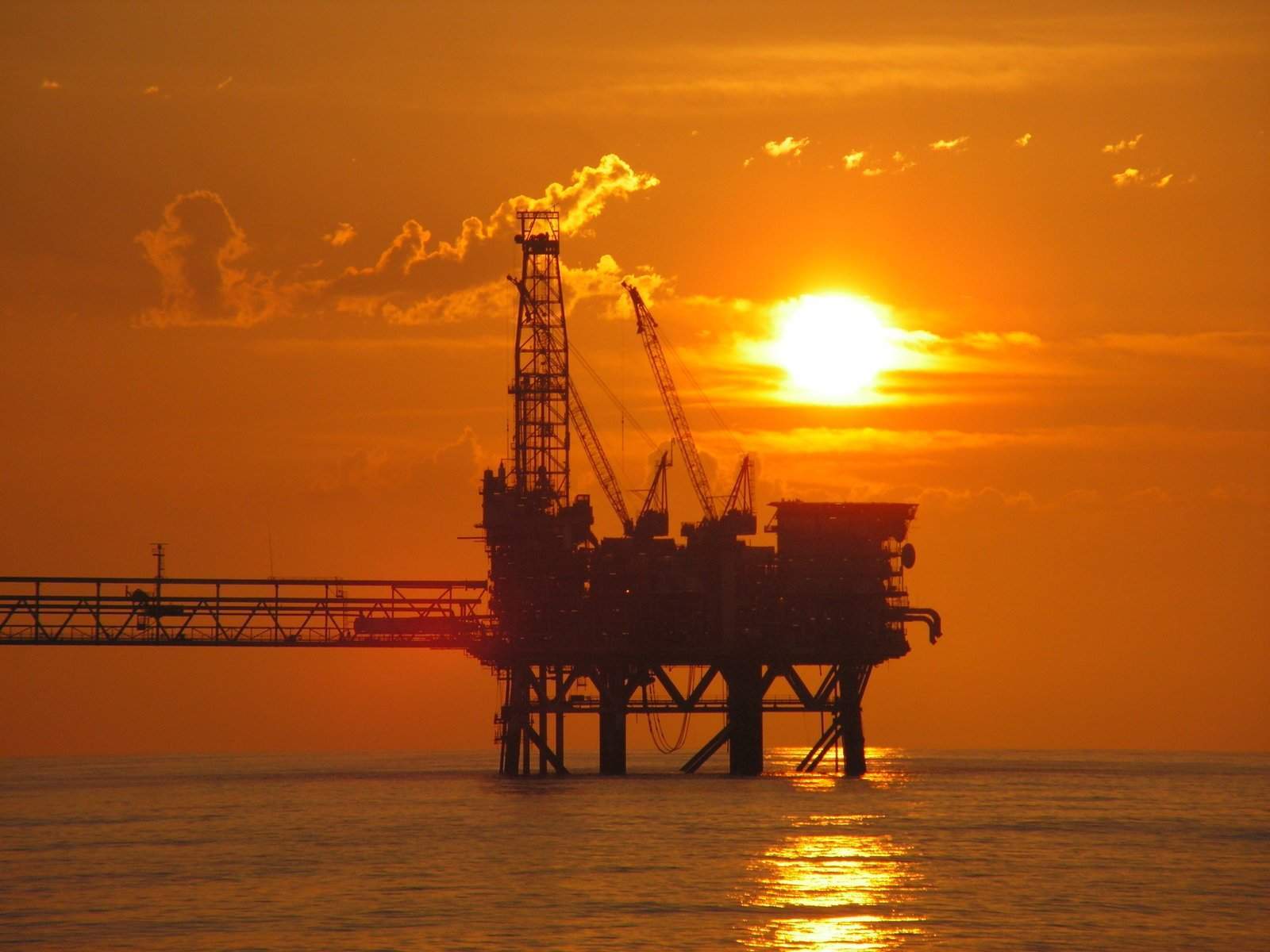Gas flaring from oil production sites across the world had witnessed a decline in 2017 despite a 0.5% increase in production, according to the World Bank’s new satellite data.

Image: An offshore oil and gas drilling platform. Photo: courtesy of QR9iudjz0/Freeimages.com.
The bank said that the 5% decline in gas flaring, which is a source of greenhouse gas emissions, is the start of reversing years of increases in gas flaring that started in 2010.
According to the data released by the Global Gas Flaring Reduction Partnership (GGFR), about 141 billion cubic meters (bcm) of natural gas was flared last year which is a decrease compared to nearly 148 bcm in 2016.
GGFR is a World Bank-managed organization comprised of governments, oil companies, and international institutions. It aims to reduce global gas flaring.
Although Russia remains the largest gas flaring country, it has reported a largest decline in gas flaring in 2017 compared to that in 2016.
World Bank senior director Riccardo Puliti said: “The latest global gas flaring data is encouraging, but we will have to wait a few more years to know whether it represents a much-needed turning point.
“Ending routine gas flaring is a key component of our climate change mitigation agenda, and the global flaring reduction Initiative we launched just three years ago now has 77 endorsers, covering about 60 percent of the total gas flared around the world.”
In 2015, the United Nations (UN) and World Bank launched the “Zero Routine Flaring by 2030” Initiative which aims to find ways to end routine flaring at existing oil production sites no later than 2030.
The initiative is supported by 27 governments and more, 35 oil companies, and 15 development institutions.
GGFR Program Manager Bjorn Hamso said: “The Initiative is an essential tool for ending routine flaring.
“Going forward, it is paramount that oil field operators continue to address ongoing “legacy” flaring, and that new business models are developed that will enable more investors to participate in flaring reduction projects.”
According to World Bank, gas flaring takes place due to technical, regulatory and economic constraints, and is causing more than 350 million tons of CO2 emissions annually.
